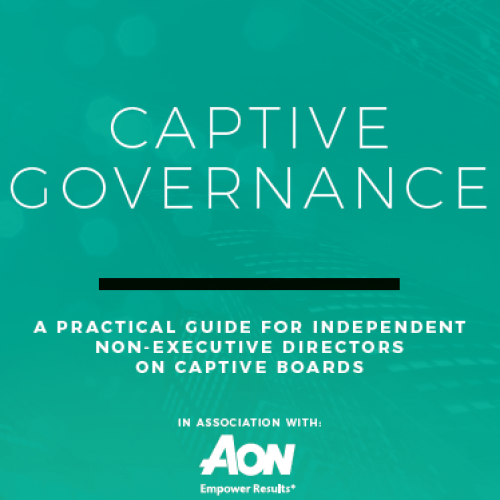Captive governance
Introduction
Captive insurance companies are becoming increasingly sophisticated and insuring more complex risks than ever before. The addition of new lines for incubation of data or cover such as employee benefits and cyber is also creating the need for more robust governance and a wider range of expertise on the captive board.
In the face of rising scrutiny from national tax authorities and the Organisation of Economic Co-operation and Development (OECD), the captive’s close relationship to its parent (the insured) is another reason to demonstrate independence, diversification and an ‘arm’s length’ approach.
A captive’s board, when composed of a combination of appropriate individuals from the insured and expert independents, plays an essential role by holding the captive’s operation to account, providing independent oversight and expert insight. Independent directors are key to demonstrating and delivering the substance, good governance and independence increasingly demanded from regulators and tax authorities around the world.
Captive boards commonly contain representatives from the parent organisation. Captive non-executive directors provided by the parent’s treasury, legal or company secretariat function may provide an independent view from the risk and insurance management function, but their employment by the captive’s key (or only) policyholder means that true independence must be sought further afield.
It is the role of these independent non-executive directors (iNEDs) that is the subject of this Guide.
There is no prescriptive or ‘one size fits all’ approach to forming or refreshing a captive board, but this Guide, produced by Airmic in partnership with Aon, has been designed as a resource for individuals currently serving as directors on captive boards or considering an appointment in the future. The Guide also contains valuable information for captive managers and captive owners when they are considering new appointments to the board.
A captive’s board plays an essential role by holding the captive’s operation to account, providing independent oversight and expert insight.
- Fill out an application Our membership manager will assess your eligibility against our criteria.
- Complete your profileIf you are eligible for membership you will be asked to answer a few questions about yourself.
- PaymentYou can make payment online using a card or request an invoice.

